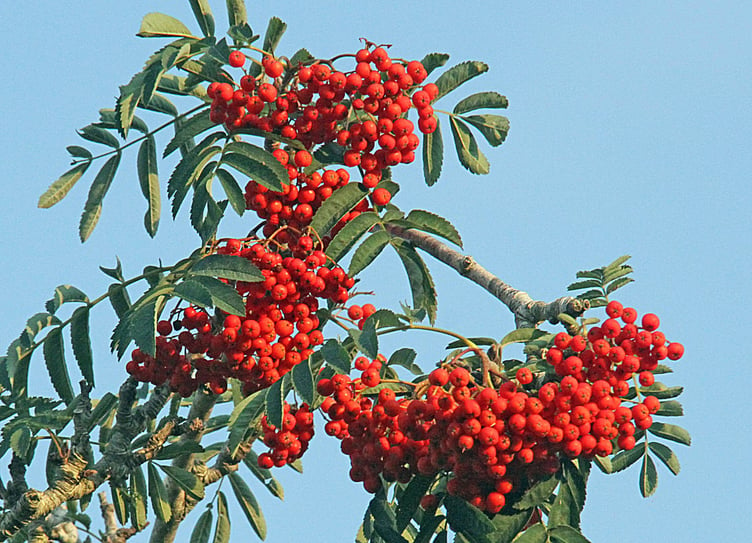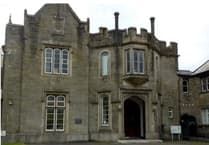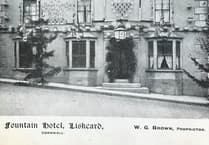WALKING through one of the pathfields that surround the village, I was surprised to see lots of ragwort plants all out in bloom growing among the grass.
I cannot see how these plants that usually grow on waste ground and hedgerows, became spread across the whole field in clumps.
Poisonous to cattle and horses, of course, and I think these animals avoid eating it, but if the grass is cut as silage, they have no choice when it is fed to them.
Around the hedge creep some sorrel, more commonly known as ‘docks’, were looking very decorative with their red seeds on long stalks. Quite a contrast between them and the green hedges.
After climbing over the stile to get onto the road, I only had to walk a short distance before I spotted a solitary toadflax flower on the hedge.
These yellow and orange blooms acquired the nicknames ‘lion’s mouth’ and ‘squeeze jaw’, and only the heaviest of bees are able to open the flower to get at the nectar within.
There are a few rowan trees, or mountain ash as they were usually called around the parish.
They are all sporting their red berries which are an autumn treat for blackbirds and thrushes.
They were once picked by housewives and added to crab apples to make a rather nice jelly that went well, so I am told, with wild game.
The tree acquired the name ‘mountain ash’ as having similar leaves to the common ash, but will grow on higher ground and on rocky areas where the common ash is absent.
During the Middle Ages, it was deemed unwise to cut down a rowan because it was an excellent deterrent against evil spirits and witches.
I have come to the conclusion that the most seen butterfly in my neck of the woods this year has been the speckled wood.
On a short walk over to Treweese Cross, no more than a quarter mile, I counted a dozen of these smallish brown butterflies with wings that have multiple white ‘speckles’ over them.
Most of them on that day were patrolling the hedgerow on their own, but a few were in pairs that appeared to be engaged in aerial combat as they flew.
Looking closely into the hedge, I spotted a white crab spider parked up on a large leaf waiting for an insect or butterfly to come close so it could be grabbed and eaten.
As its name suggests, this spider has the appearance of a crab and although it was white when I photographed it, it could easily change its colour to green or yellow to blend in with its surroundings.
A large fly a good inch (25mm) long was sunbathing on the hedge and after looking in all my natural history books I decided that it was a robber fly.
Their diet is simple, they eat any other insects which they catch whilst they are pitched, but will also take them on the wing.



.jpeg?width=209&height=140&crop=209:145,smart&quality=75)

Comments
This article has no comments yet. Be the first to leave a comment.